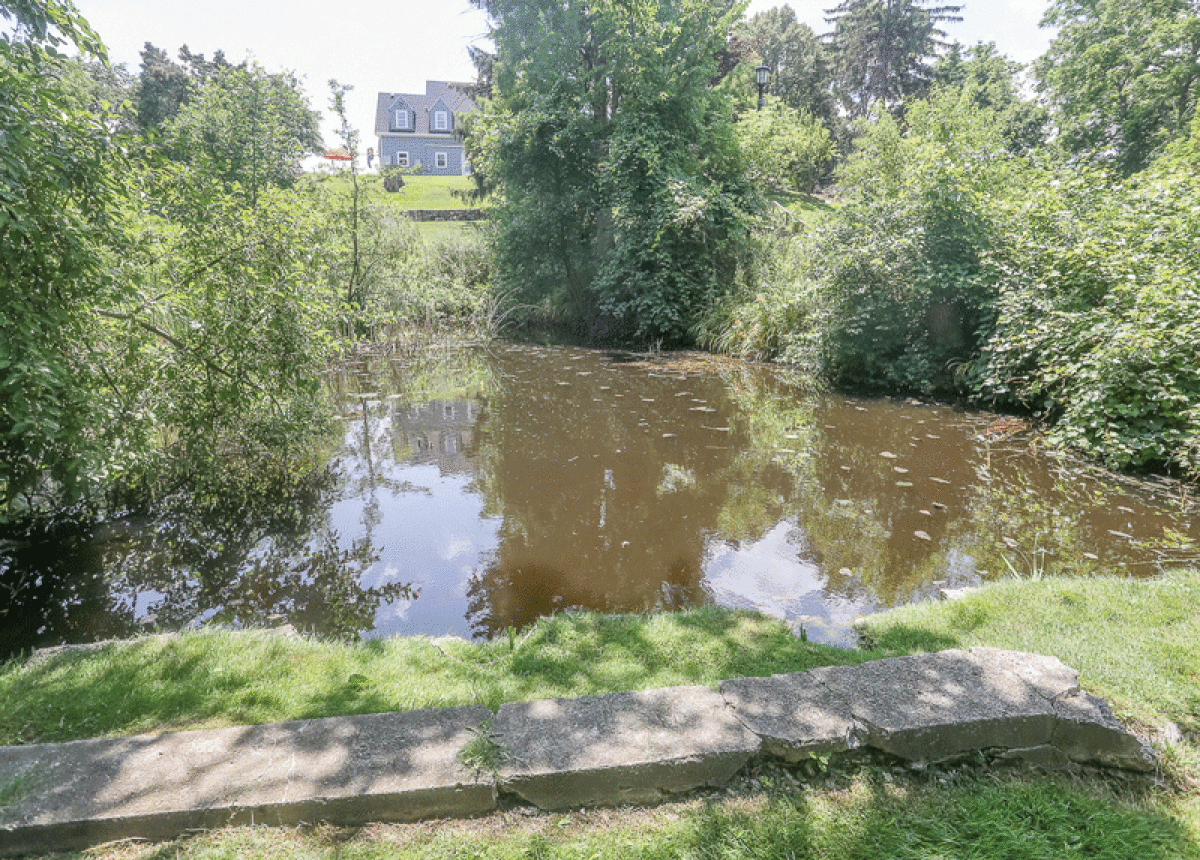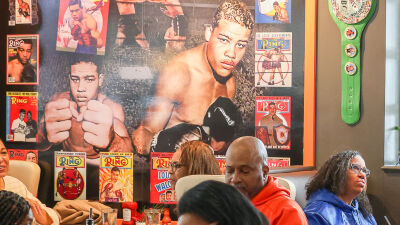BIRMINGHAM — The Birmingham Museum’s John West Hunter Park, along Willits Street, will be undergoing planned improvements this summer.
The John West Hunter Park improvements are in accordance with the museum’s 2018 master landscape plan. The project has four phases; the current improvements consist of phases one and two.
“We are really trying to make the entire park wheelchair accessible,” said Marty Logue, the chair of the museum board. “One of our goals is that anyone can enjoy the park.”
Accessibility is a major focus of the park improvements. Americans with Disabilities Act-compliant improvements were primarily funded with federal dollars. A generous donation from the Rosso Family Foundation is going toward landscaping efforts, such as adding Michigan native wetland plants and trees. The total cost of the project is expected to run between $70,000 and $75,000.
During these phases, they plan to create an accessible and barrier-free parking space for park guests, as well as a sidewalk with a seating area near the pond.
The museum is working on making the pond in the park more accessible to the public. Currently, the pond has been taken over by invasive species, making it difficult for people to enjoy its beauty.
When the Allen family built their home, now known as the Allen House, in 1926, they were interested in the pond on the property. Even though this was before inground pools were popularized, the Allens had the idea to turn the pond into something the kids could swim in. They built concrete walls and a little spillway connected to the pond, so the concrete area could fill and then spill into the pond below.
However, the family stopped allowing anyone to swim in the pond after their son, Jim Allen, contracted poliomyelitis. During that time, the origins of the disease were unclear, and it was sometimes associated with swimming in open lakes and ponds.
Cleaning up the pond and building a new sidewalk and seating area will give people the opportunity to enjoy their surroundings and think about the history of the museum’s grounds.
“We want people to be able to see vestiges of the improvements that they made when they were turning it into a play area for their kids, but we also want to help them understand what occurred later and how the pool was thought to be the source of that (disease),” said Museum Director Leslie Pielack.
The museum plans to minimize the use of large physical signs by utilizing QR codes for people to follow and learn more information about the features of the park.
“Our site has a very interesting history. So what we are hoping to do, when all four phases are done, is to be able to also help people understand the historical context of what they’re seeing and why it’s unique,” Pielack said.
Phases three and four will consist of adding more barrier-free pathways and building a Rouge River overlook.
“The later phases will bring people around the pool area and across the lawn to an overlook of the Rouge River,” Pielack said.
Logue said at this time, the project is expected to be completed in 2025.
The park is located at 556 W. Maple Road. For more information, visit bhamgov.org.
 Publication select ▼
Publication select ▼






















